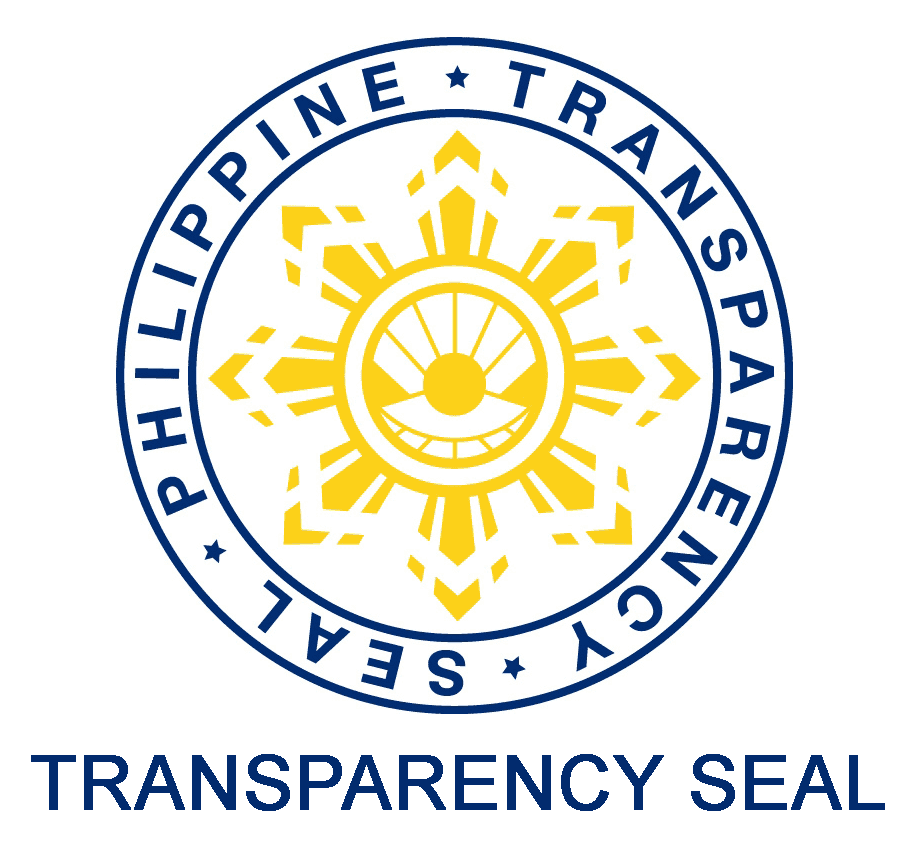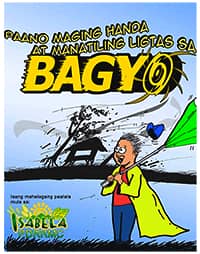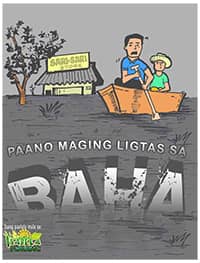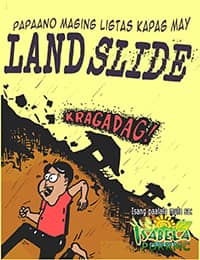Travel diaries: Discovering Isabela's rich history
One of the north's biggest province is getting attention thanks to emerging tourism attraction
Alexa Villano
Published 11:30 AM, February 18, 2018
MANILA, Philippines – Time and again we Filipinos have been encouraged to see our own country. After all, there are still so many places to visit and cultures to be discovered in our own backyard.
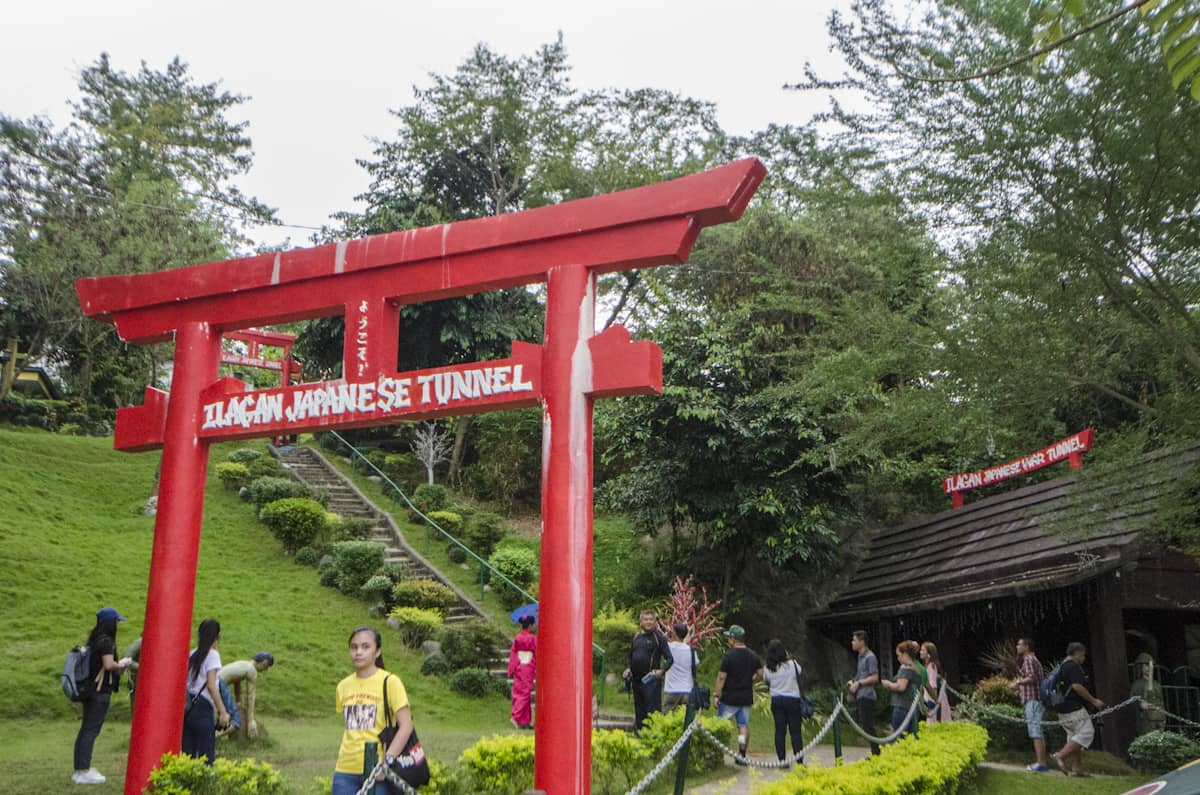
JAPANESE TUNNEL. The Ilagan Japanese Tunnel is one of many tunnels in Isabela. All photos by Rob Reyes/Rappler
Last January, selected members of the media, travel bloggers and writers got the chance to go to Isabela for the Bambanti Festival 2018. In between our coverage of the festival, we were able to explore some places in Ilagan, where the festival was held.
Named after King Philip's wife, Queen Isabela, this northern province is known for supplying rice and corn to various parts of the country. Through the years, Isabela has gained exposure through the tourism efforts of the Bambanti festival, the Sierra Madres, the Rio Grande of Cagayan, and the beaches promoted by the local government, headed by its governor, Faustino "Bodjie" Dy III.
Ilagan Sanctuary
At the Ilagan Sanctuary, which has gained popularity as a tourist spot, you can let out the daredevil in you by going down the zipline, exploring the caves and the zoo, or having a picnic with your family.
While some of our colleagues decided to do the zip line, photographer Rob Reyes and I decided to take the more sedate the tour of the Sta. Victoria caves. We started our journey by crossing a hanging bridge that was 10 feet above ground. For someone who has a fear of heights, I crossed as swiftly as I could to get to the other side. It was quite a start to further adventures.

CROSS THAT BRIDGE. The hanging bridge inside the Ilagan Sanctuary. Photo by Rob Reyes/Rappler
Once we crossed the bridge, our tour guide led us to the first cave, called the Sun and Moon cave. According to our guide, the reason why it was called the Sun and Moon cave was because of how the rays of the sun and light of the moon would shine inside the cave.

CAVE EXPLORATION. The formations inside one of the caves at the Sta. Victoria caves.
We then headed to the main cave which took us to the zoo area.
Animal Kingdom
After a 10 to 15 minute trek, we finally reached the zoo inside the Ilagan Sanctuary. Animals housed in the zoo include tigers and a gigantic python. Some of us touched the python, some did not. I was initially reluctant to touch it but eventually did – albeit for only a few seconds.

ANIMAL KINGDOM MASCOT. Caretakers of the Animal Kingdom hold up the giant python to show the visitors.

BIG CAT. One of the tigers at the sanctuary.
Families and tourists visiting the Ilagan Sanctuary can also do other activities such as paintball (P250 per 50 bullets), the obstacle course (P100), cable car ride (P100), zip line (P200), horseback riding (P150 around the sanctuary), picnicking and more.
Ilagan Japanese Tunnel
Another site we visited was the Ilagan Japanese Tunnel. According to the brochure given, the Japanese built many tunnels for defensive purposes during World War II. The tunnels are believed to have served as headquarters of the Japanese soldiers.

DARK HISTORY.Guides from the Ilagan Japanese Tunnel showed us a diorama of a Japanese World War II officer listing down prisoners of war.
The Ilagan Japanese tunnel is found in Barangay Sto. Tomas, and is just one of many tunnels in Isabela. It measures about 40 meters in length and a bit over 3 meters in width and height. The real size of the cave, however, has yet to be determined as we were told by the guide that it has yet to be fully checked and explored. At one point, they even showed us a part of the cave that was a little more than a tunnel, which leads locals to believe that there are still unexpolored areas yet to reach.

ARTIFACTS. The guide gives a brief background on the weapons and helmets discovered in the Ilagan Japanese Tunnel.
We descended inside the tunnel where replicas of the chambers are on display. We saw a replica of a golden Buddha as well as memorabilia discovered in the caves such as guns, bombs, and swords from World War II that were used by the Japanese.
For the cave tour, entrance fee starts at P50 for adults. Senior citizens and people with disabilities who present their IDs can pay P40. Elementary and high school students are charged P30, while pre-schoolers are charged P20. A solo parent who presents an ID will be charged P45.
You can also rent kimono costumes at P50 and furin bells (Japanese wind bells) at P30.
There is still so much to be explored in Isabela. I have yet to see the other eco-tourist sites and the beaches. One thing is sure – this province is truly beginning to emerge from the shadows of the more popular provincial destinations, ready to welcome people and show off their hidden gems and pleasures.
How to get to Isabela:
There are two ways to reach Isabela. You can go via bus which will take you about 8 to 10 hours. Buses such as Victory Liner, Five Star Bus, and Florida Transport, go to Santiago. Call their respective numbers for schedule. Price for a bus ride starts at P550 for a one way fare.
If you're not feeling up to the long ride, Cebu Pacific has one daily flight to Cauayan, which takes about an estimated time of 1 hour and 30 minutes. Air fare is around P5,000 for a round trip. –Rappler.com
